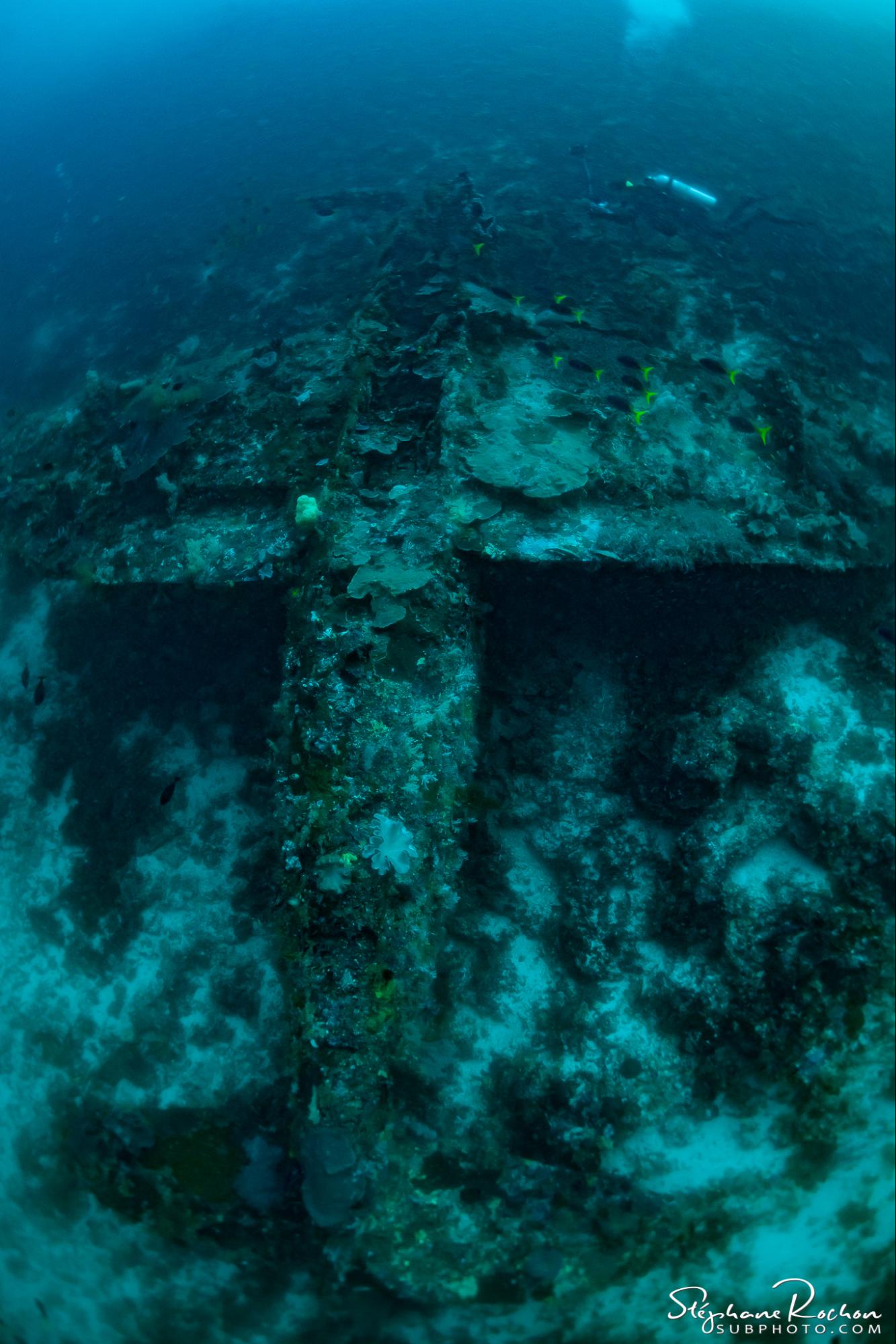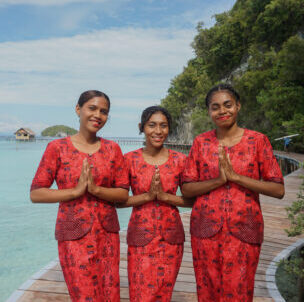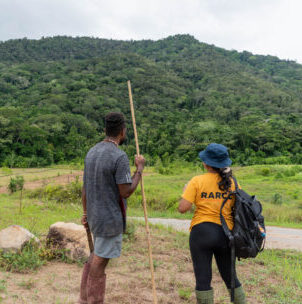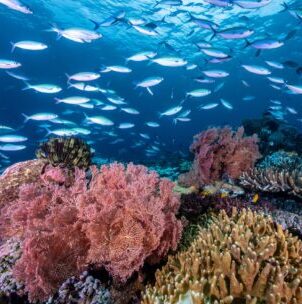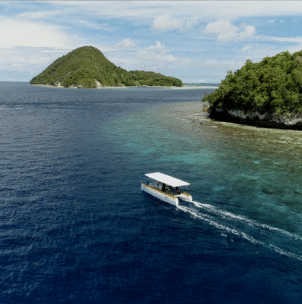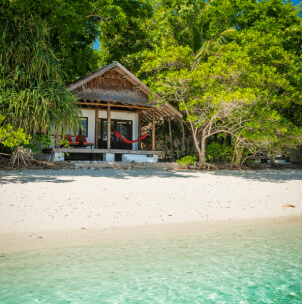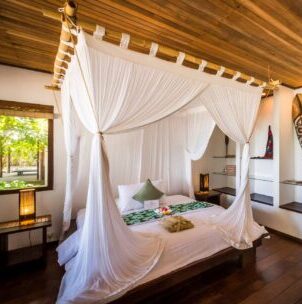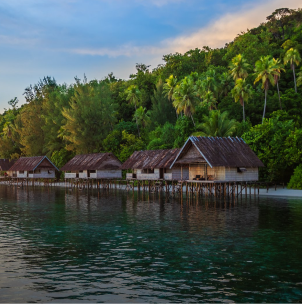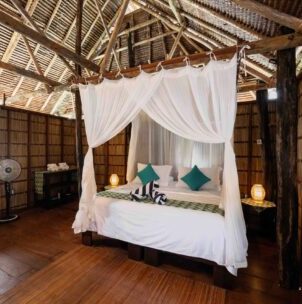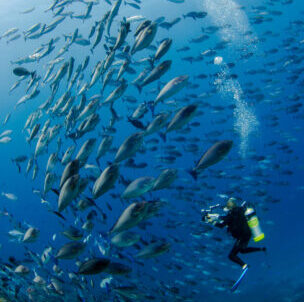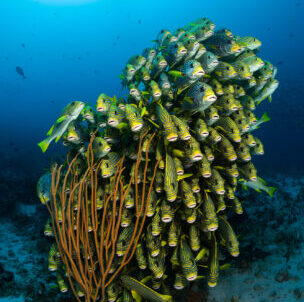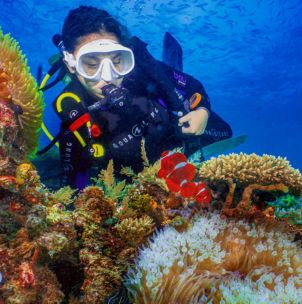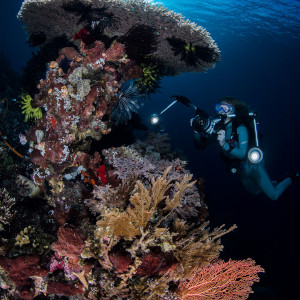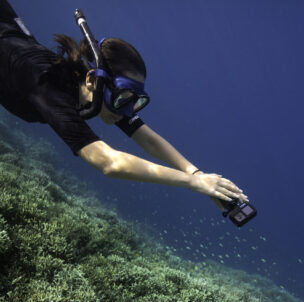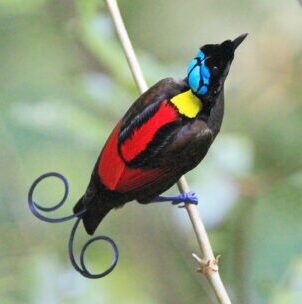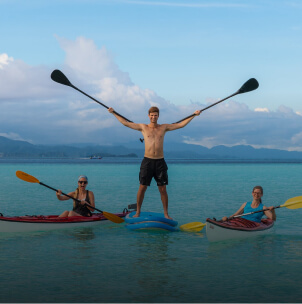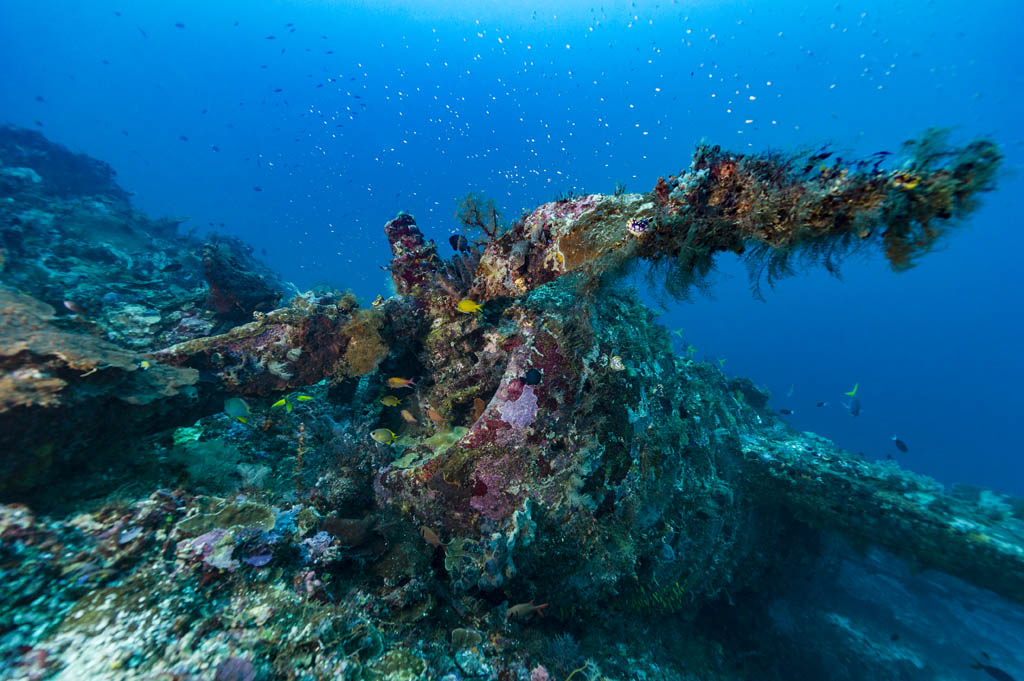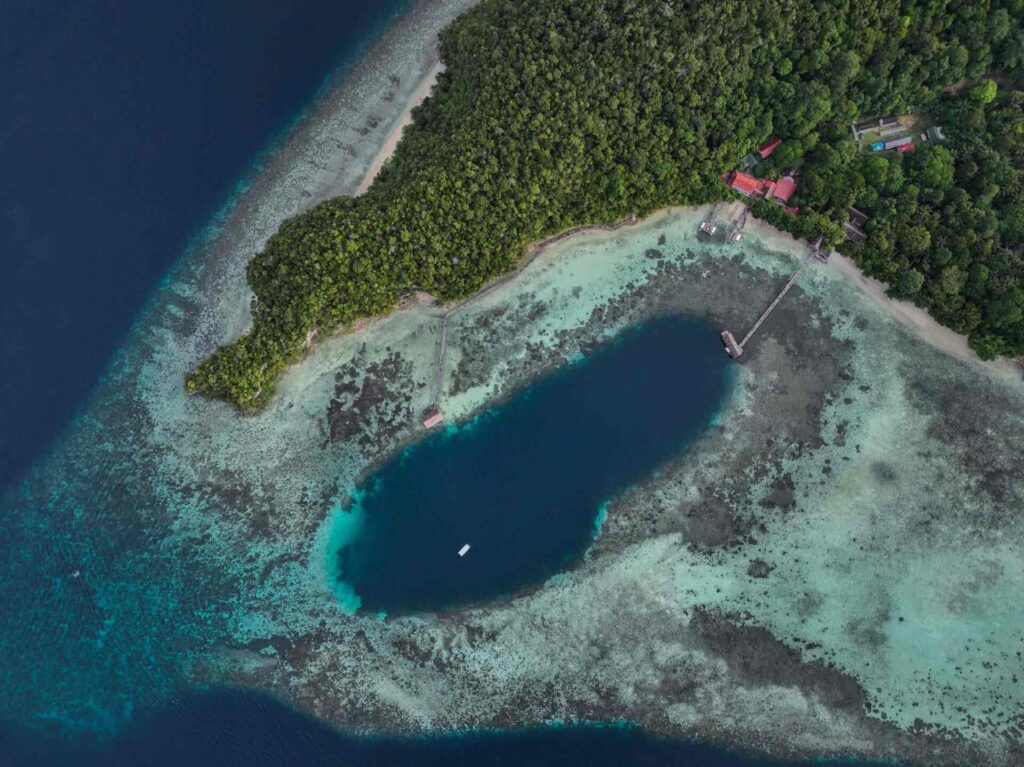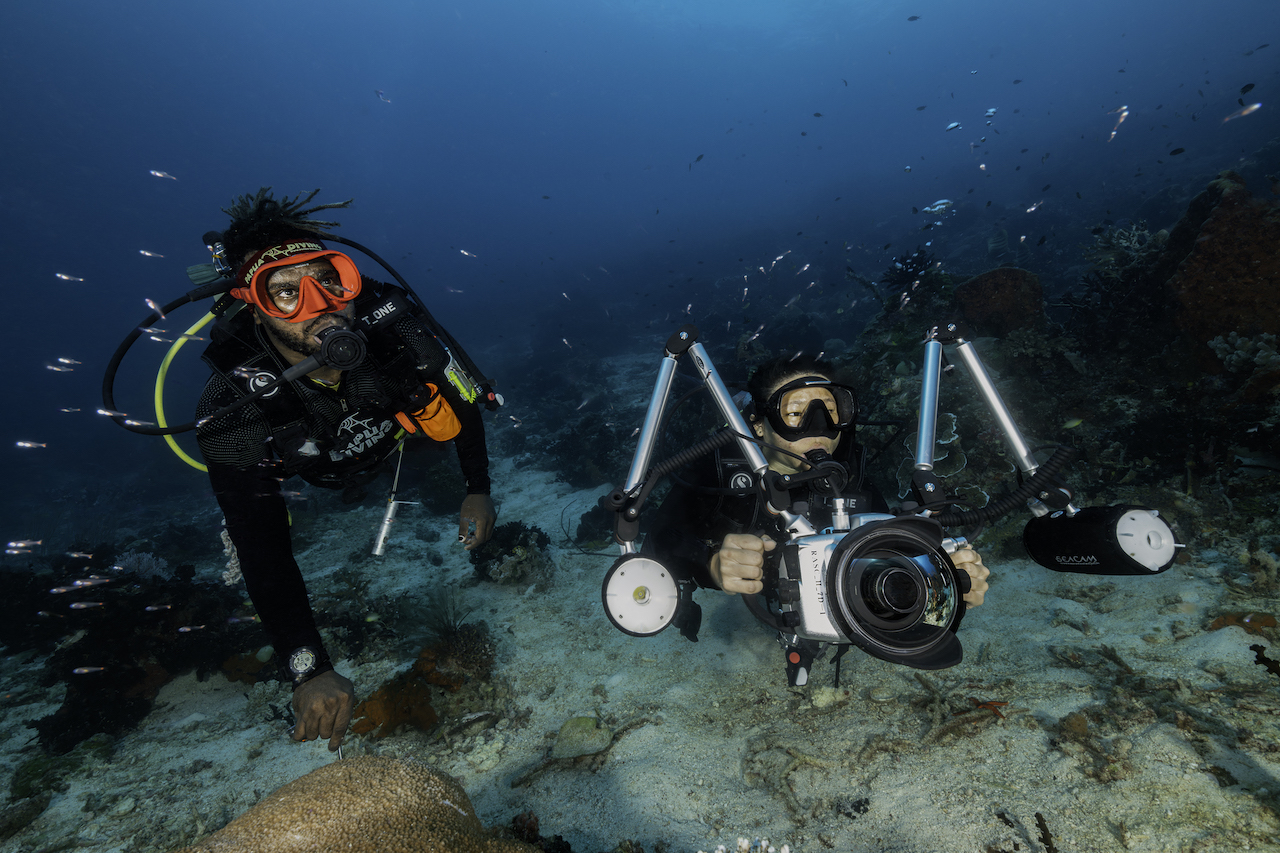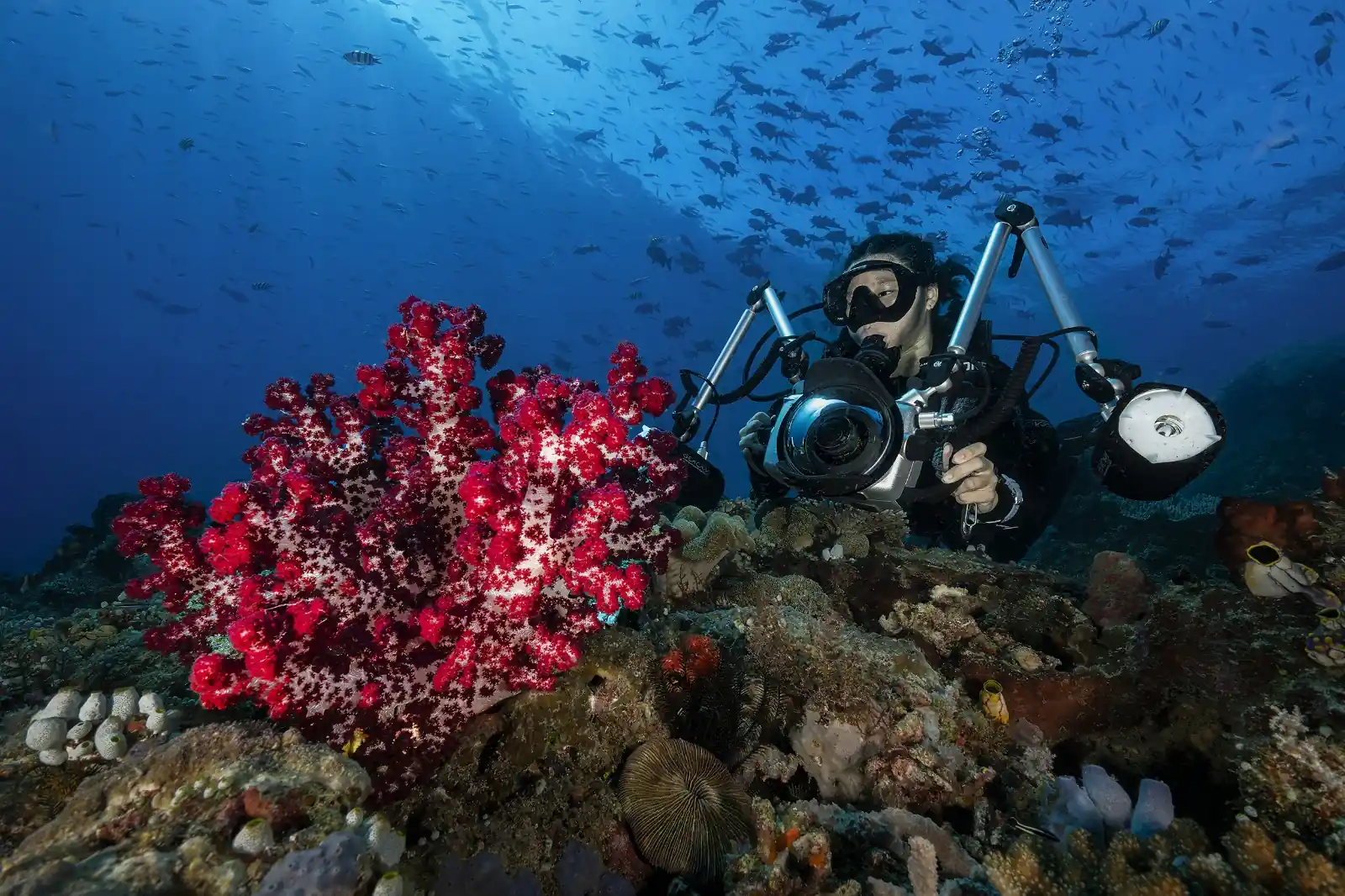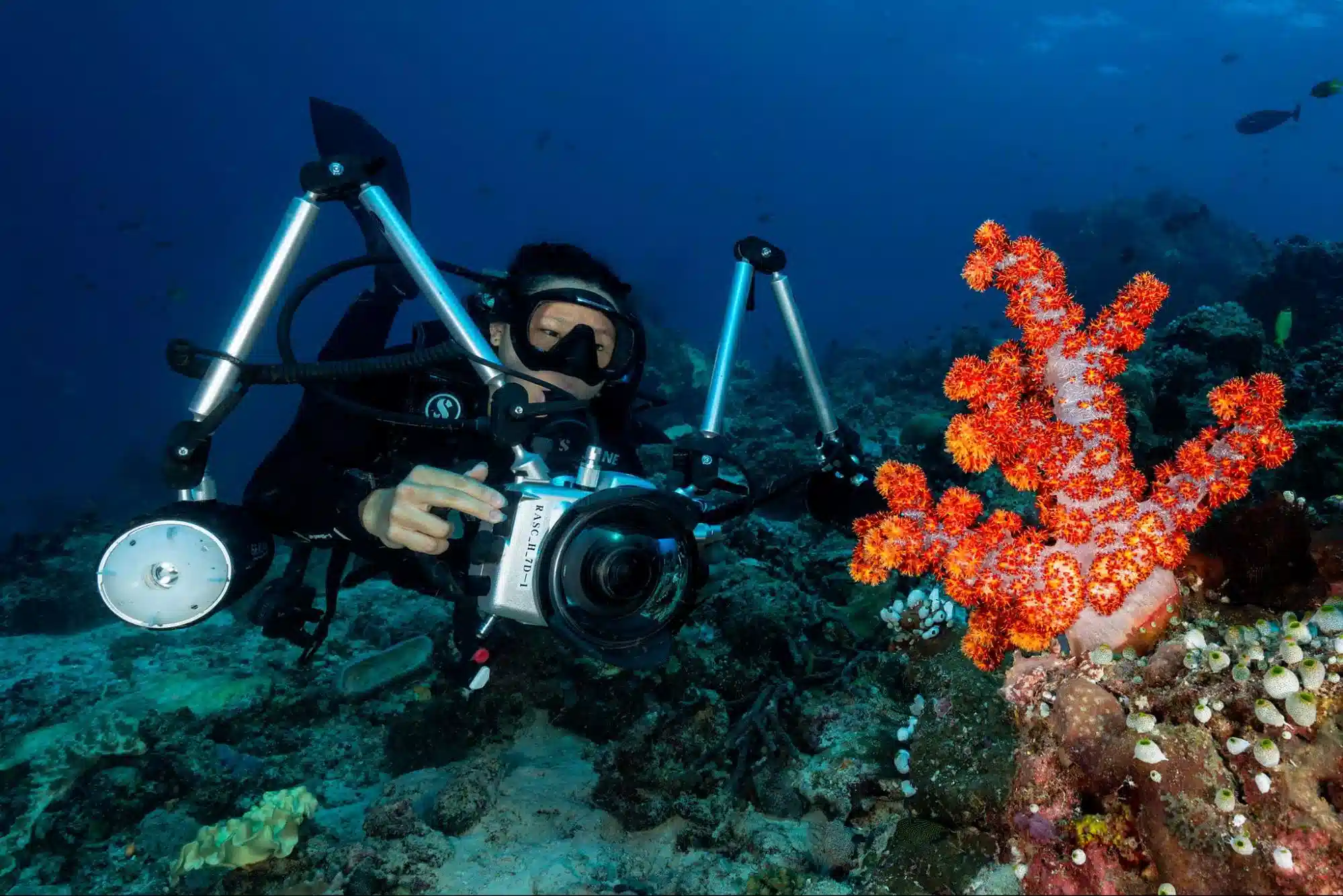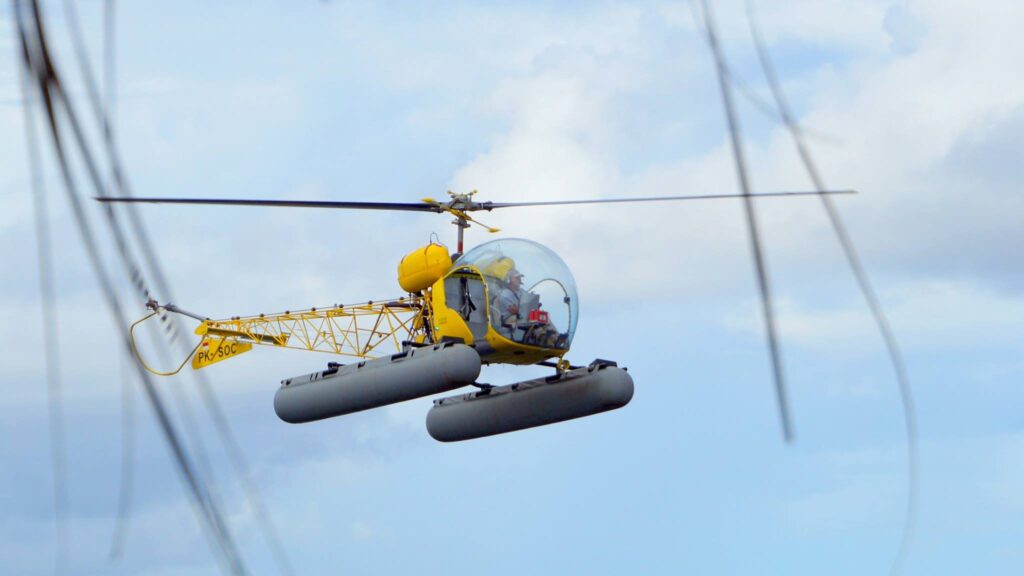
Max Ammer, the founder of Papua Diving Resorts, is widely recognized as a pioneer of wreck diving in Raja Ampat, Indonesia. His initial exploration of Raja Ampat was driven by a desire to uncover hidden wrecks, particularly those from World War II, which he believed were scattered across the area’s waters.
In addition to his underwater discoveries, Max once built and piloted his own helicopter to scout potential dive sites from the air. This innovative approach allowed him to locate wrecks and reefs with a bird’s-eye view, enhancing his ability to piece together Raja Ampat’s submerged history.
Today, his fascination with historical wrecks remains a central part of his work. He continues to search for these underwater relics, often venturing out with his team to investigate promising locations.
With a focus on discovery and preservation, Max’s ongoing efforts highlight the unique blend of history and marine life.
